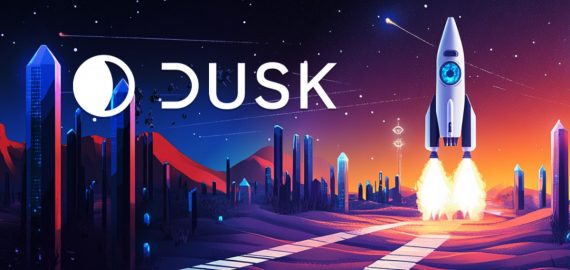Fluence Is Building the Future of Decentralized Compute — One Market at a Time


In Brief
Fluence is reshaping cloud computing with a lean, decentralized platform that’s cheaper, open, and resilient, starting with blockchain node providers and scaling one focused market at a time.
In an interview with Fluence Co-founder Tom Trowbridge, we got a deep dive into how the company is reshaping cloud computing through decentralization, starting with a very focused strategy and a clear view of what’s ahead.
The Pitch: Cheaper, Open, and Resilient Compute
Fluence is building a decentralized compute platform — and it’s not just about ideology. The model comes with real, tangible benefits. According to Tom, compute on Fluence can be 20% to 80% cheaper than traditional providers, depending on usage and duration.
“Lower cost is what gets people in the door,” Tom said. “But openness and resilience are what keep them here.”
Unlike centralized cloud platforms, Fluence is designed to be open and portable — users aren’t locked into one provider. And thanks to its distributed design, it’s more resilient to outages and less dependent on any single point of failure.
Starting With a Niche, High-Need Market
Fluence is taking a focused go-to-market approach, beginning with third-party node providers — companies that host and maintain blockchain nodes for others who don’t want to deal with the infrastructure themselves.
It’s a smart play. This is a hundreds-of-millions-of-dollars market, and Fluence already has $5 million in pipeline volume, with expectations to triple or quadruple that in the near term.
“You need a focused market at the start. Execute well, build a position, then expand,” Tom emphasized.
Once they’ve established themselves in the node provider space, the team plans to expand to layer-1 blockchains running their own infrastructure, and later to AI agents, massive consumers of compute power.
A Minimalist Product with Big Ambitions
Fluence’s current offering is lean by design: a compute marketplace centered on virtual machines (VMs). Containers and tools like Docker are on the roadmap, but the strategy is to nail the basics before branching out.
“It’s tempting to add more features, but we’re holding back until we’ve locked down this first market,” Tom said.
The key technical milestone ahead? Service Level Agreements (SLAs) — something Tom believes will be a game-changer for customer trust. With SLAs in place, users will know they can expect consistent reliability and that there are consequences for providers who don’t deliver.
“SLAs will unlock more use cases and help us grow the customer base. They’re a major priority for us this year.”
Eyes on ARR
When it comes to success metrics, Tom isn’t shy: it’s all about revenue and customer traction. Milestones like hitting $1M, $2M, $5M, and $10M in ARR are top of mind for the team, along with continued platform development and customer expansion.
Disclaimer
In line with the Trust Project guidelines, please note that the information provided on this page is not intended to be and should not be interpreted as legal, tax, investment, financial, or any other form of advice. It is important to only invest what you can afford to lose and to seek independent financial advice if you have any doubts. For further information, we suggest referring to the terms and conditions as well as the help and support pages provided by the issuer or advertiser. MetaversePost is committed to accurate, unbiased reporting, but market conditions are subject to change without notice.
About The Author
Victoria is a writer on a variety of technology topics including Web3.0, AI and cryptocurrencies. Her extensive experience allows her to write insightful articles for the wider audience.
More articles

Victoria is a writer on a variety of technology topics including Web3.0, AI and cryptocurrencies. Her extensive experience allows her to write insightful articles for the wider audience.

















































